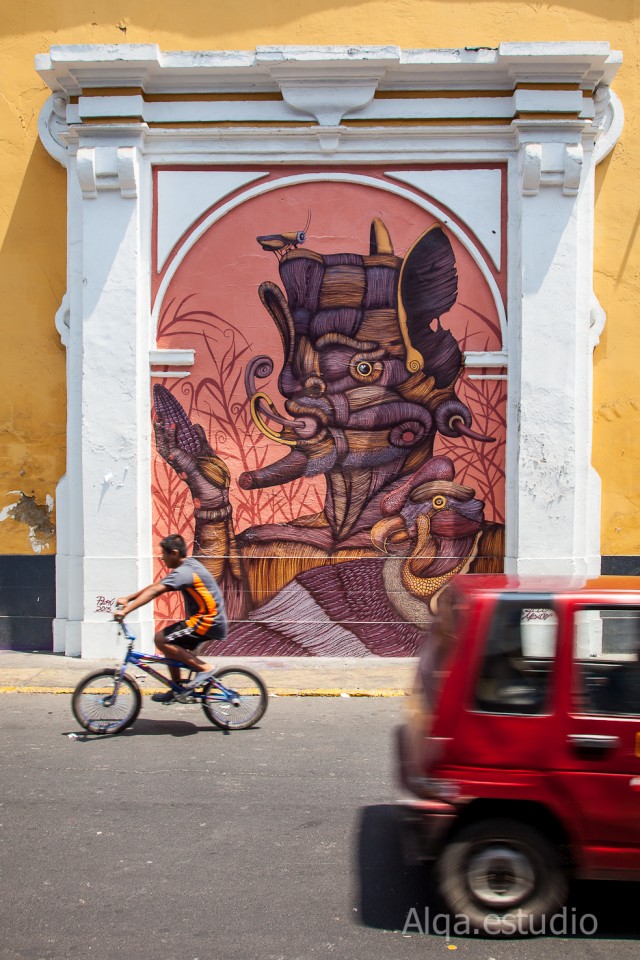
The world of street art has changed dramatically in the past decade, so much so that there is a rigid culture of how to do street art, where to do it, and how it is organized. Some tradition remains of clandestine artistry and evasive messages found plastered in urban centers all throughout the world, but we have culminated a new practice of presenting street art in a more organized, institutionalized form: the street art festival.
This somewhat new phenomena in the movement of street art has exposed new audiences to this form of expression and many that had previously associated graffiti, street art, public art with illegality and rebellion, are currently beginning to see some street artists as artist with merit, some admiration, who are worth the visibility of the streets. I believe this shift in public opinion about street art arrives with the creation of street art festivals popping up in every hemisphere. Street art festivals appeal to cities because it beautifies them and a city that takes part in any dialogue that involves art, culture and discursive action is a city that is partaking in modernity and resourcefulness (another word that I am using to substitute the otherwise very well known systems of capitalism and neoliberalism…) Before you assume that I am against street art festivals or that they serve to sell an idea of art that is very far removed from the origins of what street artists intended to do in the 70s in subway trains, I confirm that I see a lot of positive shifts when cities participate in street art festivals. Maybe I am biased after working for a non profit that puts together a yearly conference and concepts throughout the year, but I can assure anyone and be a witness to the progressive changes that art can bring to a community that has traditionally separated art from public knowledge and participation. Elitist practices are shaken up when a group of young dreamers get together and create more noise in the art community than their local modern art museum, this seems to be important and a pretty damn good use of grass roots tactics and a flavor of elusiveness (cause let’s face it, street art festivals don’t satisfy everyone and we gotta work with some mastery of vagueness to put up murals that scream cultural codes that are otherwise ignored.)
Based on my experience it has not been easy to participate in festivals, it is the hardest job you can think of in the art world. Little to no pay, blow up mattresses (if we are lucky), sleep deprivation, and nasty weather, but it is the best experience I have been a part of. But it never occurred to me, despite all the roadblocks and sweat, blood and tears, just how plausible it is to program and direct a successful festival in the United States, I could not imagine with honesty and certainty how different it is in other places…
That is until I spoke with Entes &Pesimo last year when they began planning Latir Latino. It appeared difficult to me mainly because some of the decisions that we took when organizing the conference, could not happen in places like Lima. Decisions like rejecting corporate sponsorships or work with big brands to aid our mission are some that are limiting when working in different societies with more restricting economic options. So okay, means are tougher to come by, donations (and its culture) are hard to make when people have barely anything to get by and disposable income does not exist… These were the tactics I was familiar with and none of those worked for Entes & Pesimo, but they successfully launched Latir Latino, along with a documentary.

This year, the pair launched Latido Americano and in order to avoid some of the corporate aspects of a festival, they decided to work with the city of Lima and its downtown municipality to create murals in the heart of the city. Their intent to create a festival in Lima, in South America, focused on creating a new wave of movement that comes from within, creating from the periphery that is South America, and to maintain more influence in the many faces of street art and the festivals that usually occur in the United States and Europe. Since then, many other festivals have taken place and many more are in the works… So I decided to give a special focus to this new wave of Latin American street art festivals, they are occurring at an incredible speed and I promise to keep you all up to date…
I want to share with you the first installment of this series that will show the happenings in South America, while also introducing new contexts from where these festivals are held. This will be a space to discuss and watch all the creativity and formation of a new influence in street art: Latin America.
After the jump are a few shots from Latidoamericano March 2013…
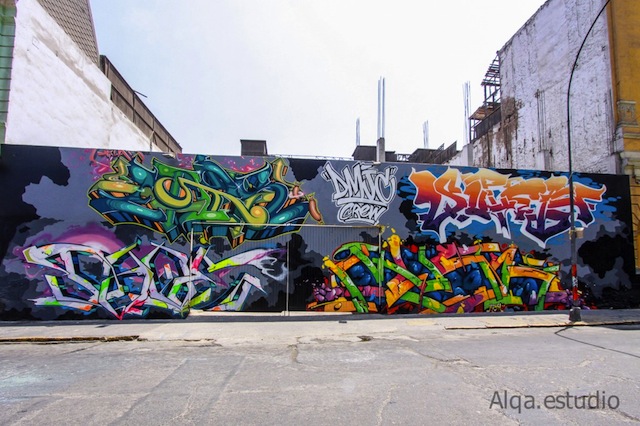
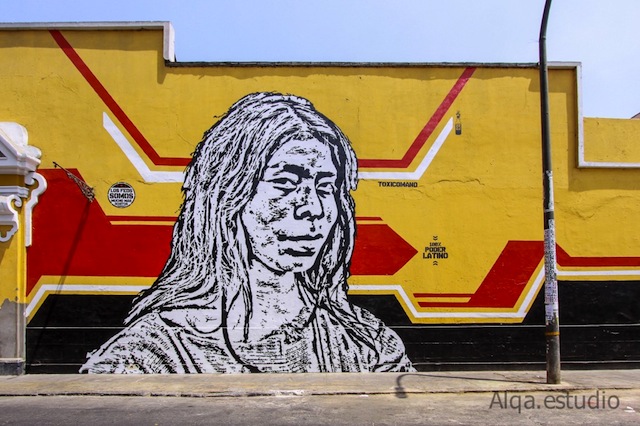
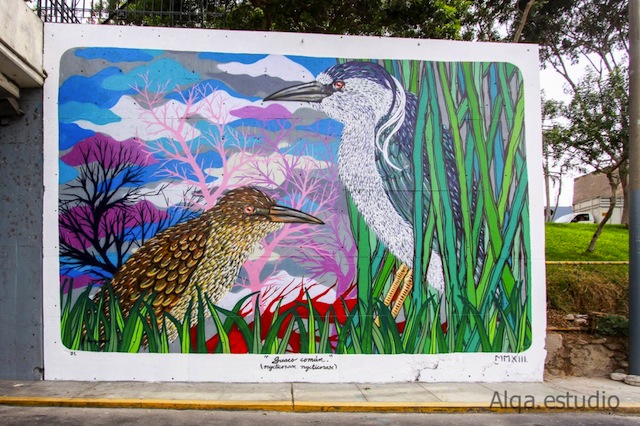
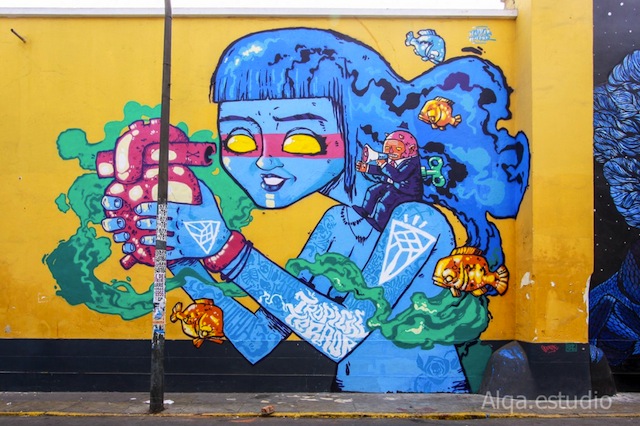
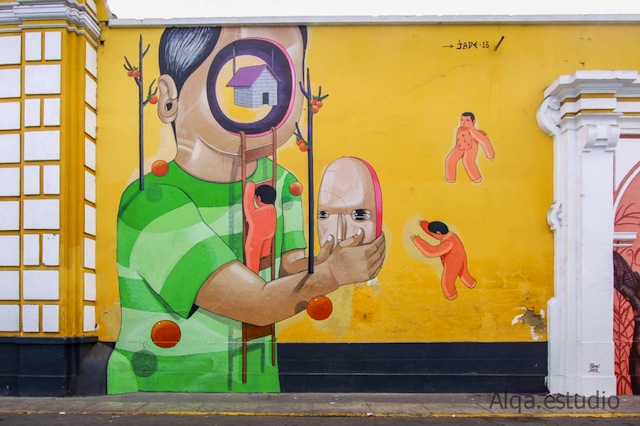
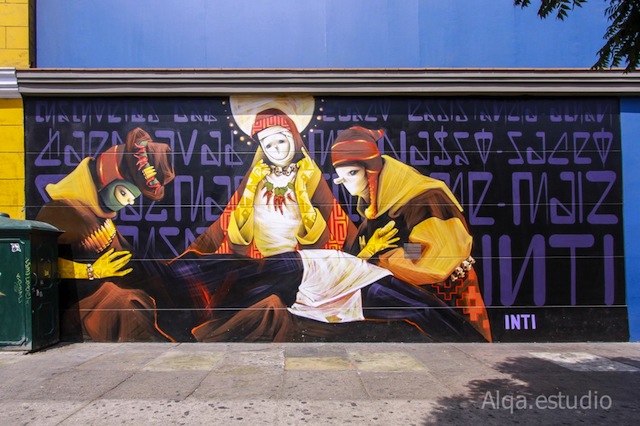
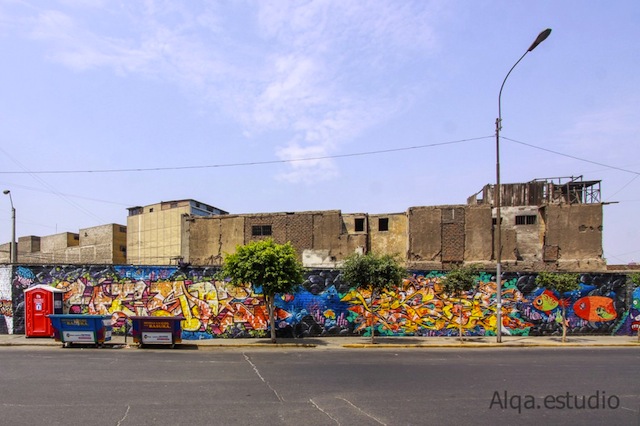
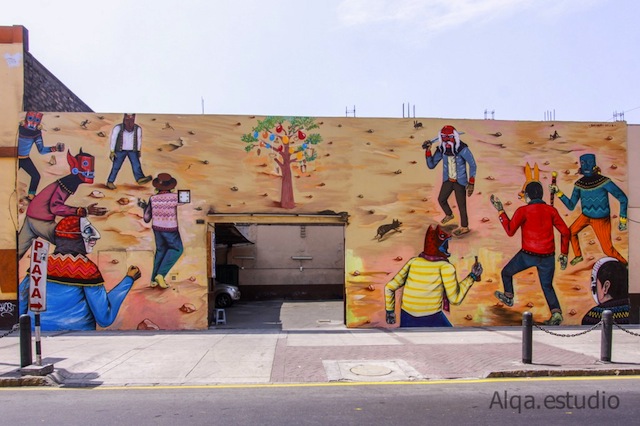
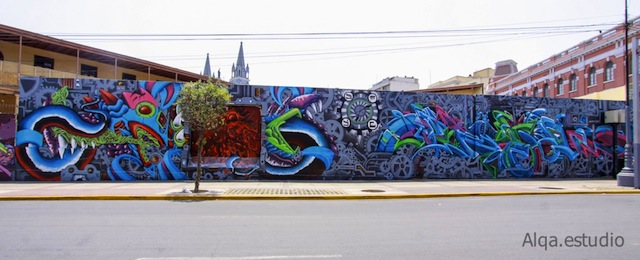
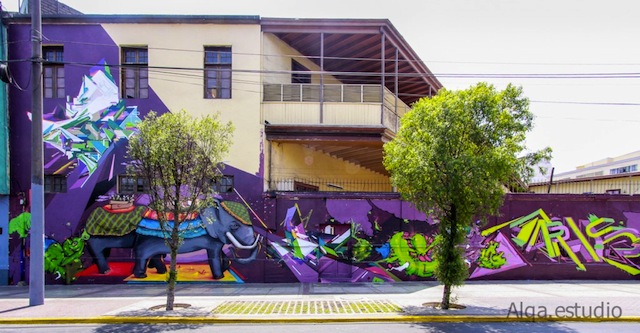
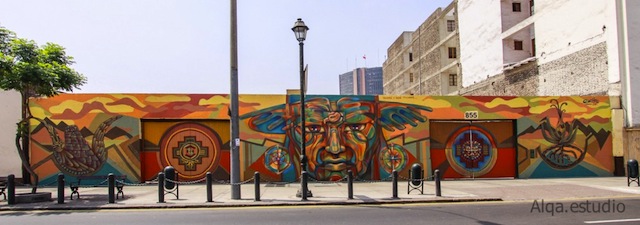
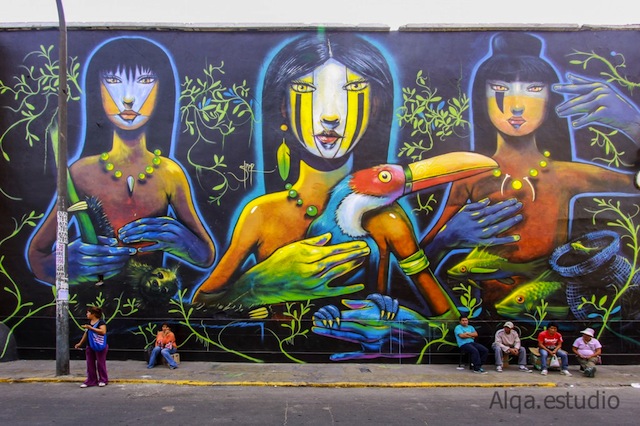
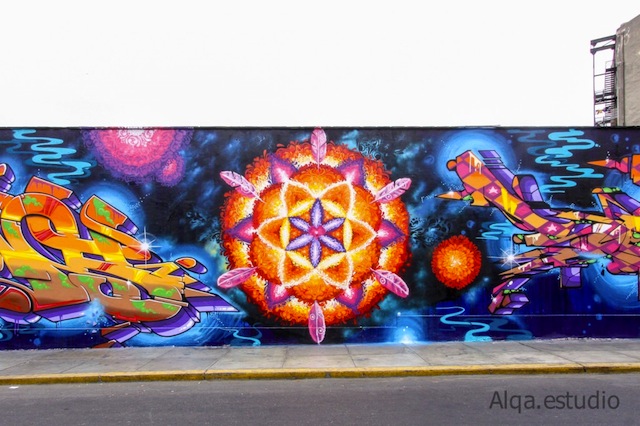
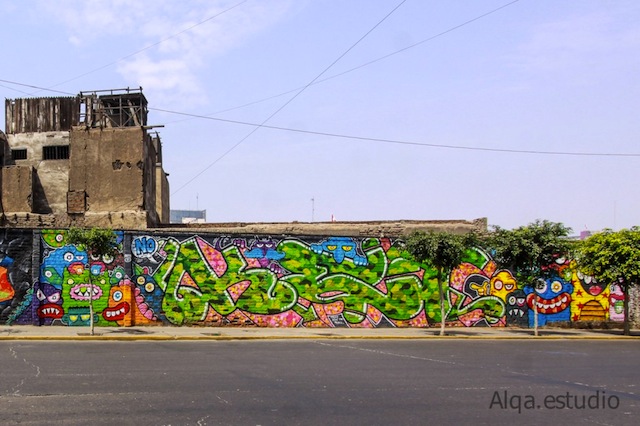
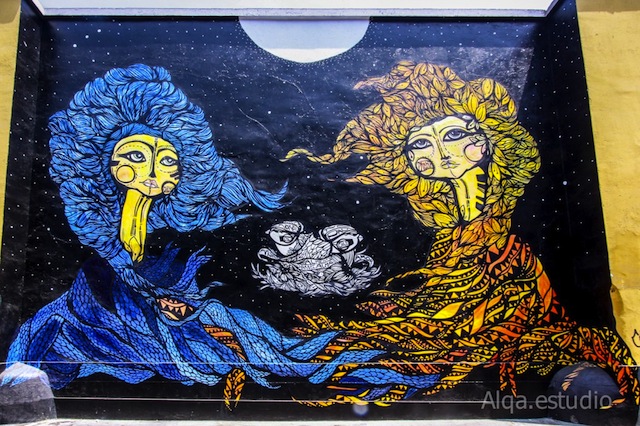
Photos courtesy of Alqa Estudio
